More and more farmers are not interested in farming because small-scale production has low economic efficiency, unstable agricultural output, labor shortage and many other reasons. Accordingly, the situation of abandoning fallow fields and crop failures has occurred in many places in the province. Some localities have solved this situation by encouraging accumulation, creating mechanisms for people, cooperatives, and enterprises to invest in large-scale production...

According to Mr. Vu Quang Trung, Head of the Department of Cultivation and Plant Protection of the province: “In Thanh Hoa, the situation of abandoned fields was the most in the period of 2013-2015 with about 5,200 hectares of uncultivated land. The most typical at that time were the two communes of Thieu Giao (Thieu Hoa) and Tien Loc (Hau Loc), each commune had hundreds of hectares. After that, the province, the agricultural sector and localities proposed and implemented a series of solutions to overcome the problem. Since then, the problem of abandoned fields has gradually been overcome, many areas have been re-produced, and the value of the land fund has been promoted.
Returning to Thieu Giao commune during the last autumn rice crop, "fertile rice fields" have replaced the series of fallow fields of previous years. Sharing the local experience in eliminating fallow fields, Chairman of Thieu Giao Commune People's Committee Nguyen Dinh Bay said: "In the period of 2017-2018, the commune had a separate program on the task of consolidating and exchanging agricultural land into groups of production households. Many individuals with human resources and innovative thinking were facilitated by the commune to consolidate and exchange land from non-production households to form rice areas of tens of hectares. When having a large area, households invested in machinery themselves, introduced mechanization to replace human labor, becoming production models with high levels of intensive farming and mechanization. In recent years, a series of typical examples of contiguous rice land accumulation in the commune such as Mrs. Le Thi Tu's household of 15 hectares, Mr. Le Thien Can's household of 20 hectares, and the households of Mr. and Mrs. Le Viet Tam, Le Thi Muoi, Le Huu Phuoc, each household of 10 hectares... The income of these households reached 400 to 500 million VND/year, becoming well-off, at the same time, together with the locality, eliminating the situation of abandoned fields. Up to now, Thieu Giao has no more abandoned agricultural land area".
In Tien Loc commune, the wild fields of local people many years ago have now been covered with lush green agricultural crops. This place has a traditional blacksmithing profession, so many households no longer farm, but with the encouragement, guidance and facilitation of the government, many people have rented machines and accumulated them into large farming areas. Going through the fields of the commune at this time, agricultural land has been revived. Only Ngo Thap field of Son village people, because it is adjacent to a residential area and is low-lying, often flooded, is still abandoned.
In recent years, Dan Quyen commune (Trieu Son) is considered one of the localities with the largest area of fallow and abandoned rice fields in Trieu Son district. According to the People's Committee of Dan Quyen commune, the locality has nearly 100 hectares of land with an uncertain rice crop. These areas are often flooded, so households often do not plant rice in the summer-autumn crop, of which about 30% are abandoned for many years. From 2022 to now, with encouragement, Mr. Tran Van Thanh's family in village 10 in the commune has rented the entire Dong Kha area with an area of 20 hectares for production. With a large concentrated area, Mr. Thanh has invested in 2 transplanters, 2 tillers, 1 harvester, and a tray seedling production facility to both provide services and cultivate for his family. By organizing production well, he earns a profit of about 400 to 500 million VND in spring rice crops and about 200 to 300 million VND in summer-autumn rice crops.
Not only becoming well-off and creating more jobs for local workers, Mr. Tran Van Thanh is working with Dan Quyen commune to reclaim 20 hectares of abandoned fields. The commune is also calling on individuals and organizations to rent land to develop large production areas in areas where people are no longer interested in farming.
Looking back at the roadmap to solve the problem of abandoned fields in the province over the past years, Mr. Vu Quang Trung affirmed: “The agricultural sector has consulted with the province to direct localities to gradually solve the problem in many ways. The first is to change the production method from small scale to large scale, concentrated, with cooperation between groups of households, between farmers and cooperatives or enterprises. The good news is that up to now, about 30% of the province's cultivated area has been linked to production, equivalent to about 80 thousand hectares per year. Another effective solution is that Thanh Hoa has made great progress in developing agricultural infrastructure. The province and localities have completed the intra-field traffic system, irrigation canals, electricity system for agricultural production... to gradually improve the conditions for modern production".
According to Mr. Trung, the most obvious example of infrastructure investment to overcome the situation of abandoned fields is the area of communes in the 3 districts of Nong Cong. When investing in a modern drainage system, more than 200 hectares of agricultural land have been put back into production. Many other areas are encouraged by localities in the district to be converted to build farm and ranch models, for high economic efficiency.
Over the past 10 years, on average, Thanh Hoa province has spent about 150 billion VND each year on agricultural development. With appropriate mechanisms and policies, it has helped localities and farmers restructure crops, arrange interwoven production areas to overcome land waste.
Although the area of abandoned and abandoned fields has improved significantly, in recent seasons, abandoned fields have still occurred in many places in the province. The reason is assessed by localities as being due to the development of many secondary occupations, attracting agricultural workers to many other fields. People of working age have switched to working as workers and other jobs with much higher incomes than fragmented fields and manual production. Not to mention, agriculture has many risks due to natural disasters and epidemics, and is more difficult than many other occupations...
According to statistics from the Thanh Hoa Department of Cultivation and Plant Protection, by 2024, farmers are still abandoning their fields with an area of about 1,300 to 1,400 hectares, mainly rice fields in the winter-spring crop. The province is still actively calling for and encouraging businesses to invest in agriculture, organize production linkages, and apply high and modern technology. At the same time, it continues to promote land accumulation, encourage farmers to consolidate and lease unproductive fields so that collectives and individuals with potential can organize large-scale production and build modern farms. In low-lying areas, many localities have consolidated and called on people to combine aquaculture and establish farms and family farms, which is also a good solution to promote abandoned land funds.
Article and photos: Linh Truong
Source: https://baothanhhoa.vn/giai-bai-toan-bo-ruong-hoang-230517.htm



![[Photo] Prime Minister Pham Minh Chinh receives Mr. Tomas Heidar, Chief Justice of the International Tribunal for the Law of the Sea (ITLOS)](https://vphoto.vietnam.vn/thumb/1200x675/vietnam/resource/IMAGE/2025/5/6/58ba7a6773444e17bd987187397e4a1b)
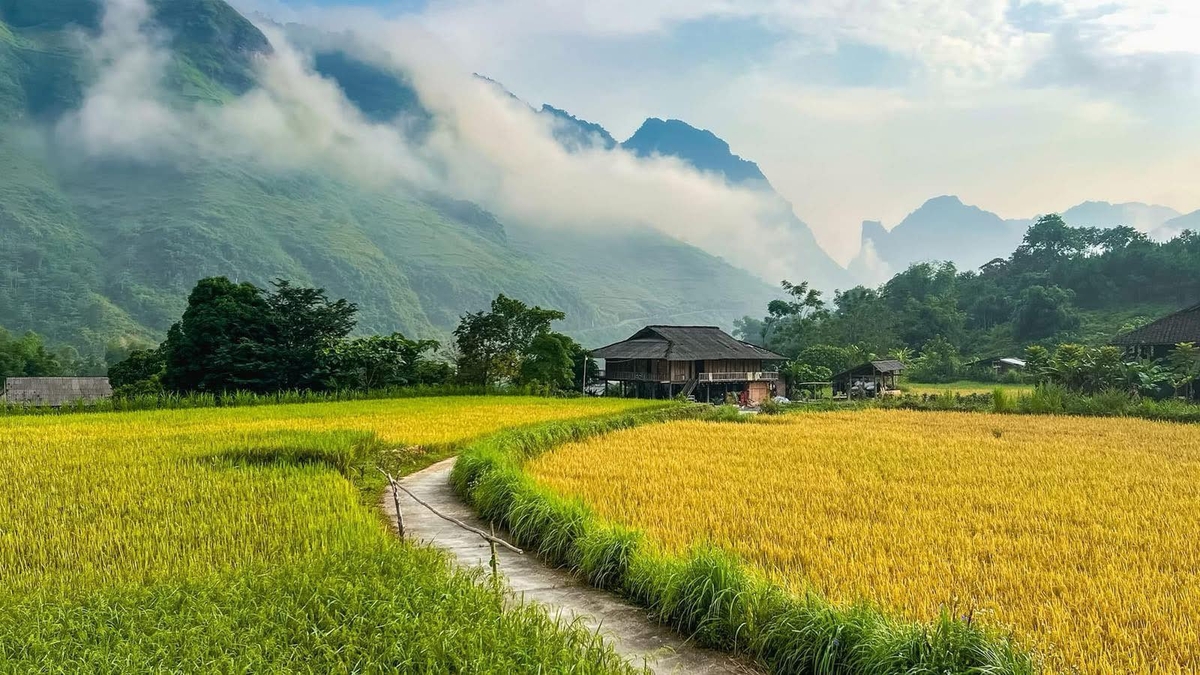

![[Photo] Prime Minister Pham Minh Chinh chairs the regular Government meeting in April 2025](https://vphoto.vietnam.vn/thumb/1200x675/vietnam/resource/IMAGE/2025/5/6/48eb0c5318914cc49ff858e81c924e65)
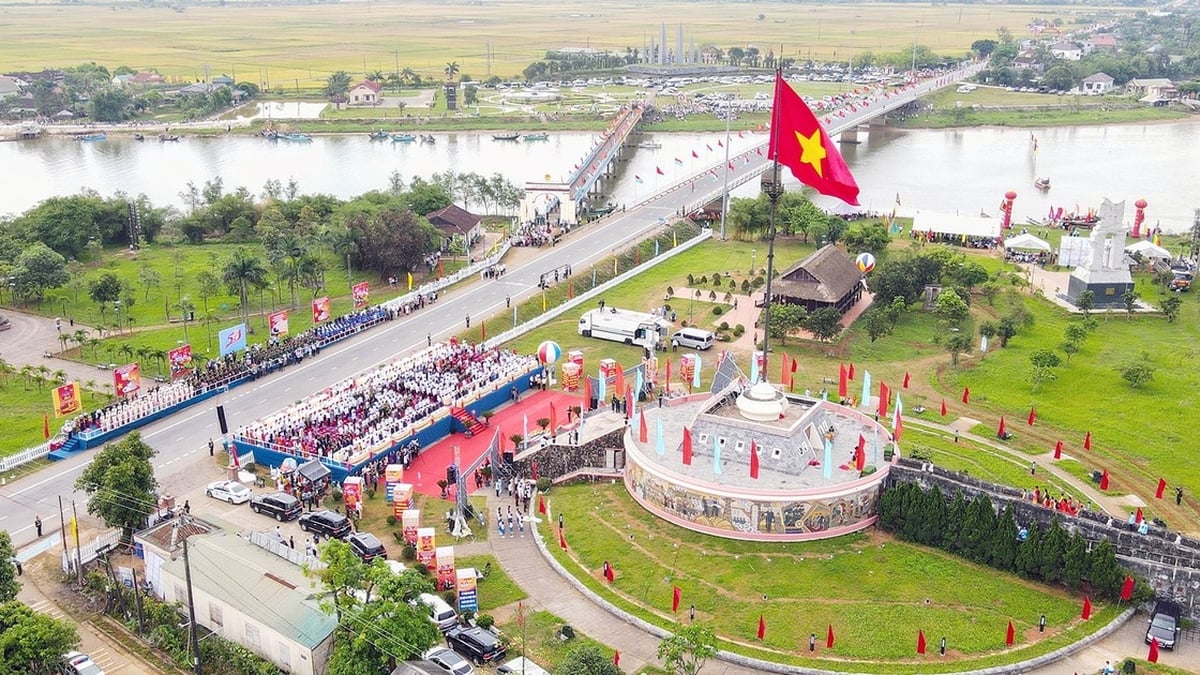


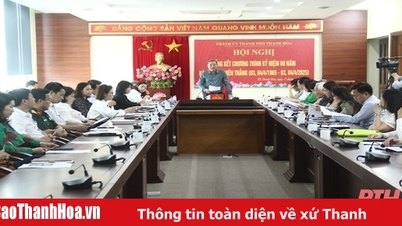
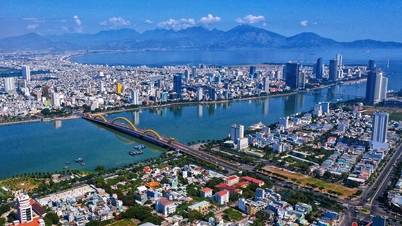




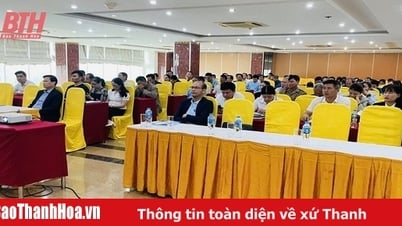
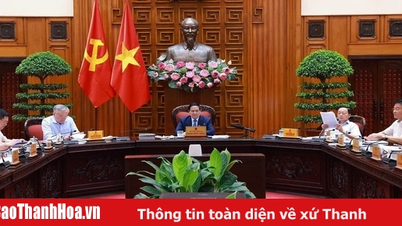



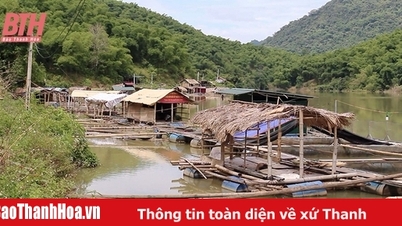


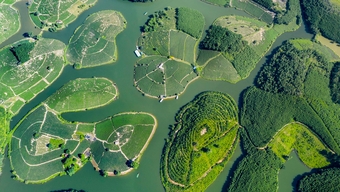



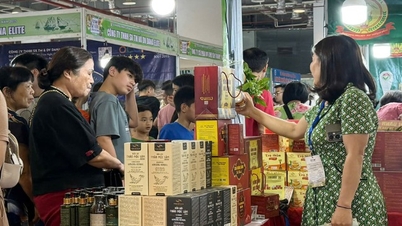


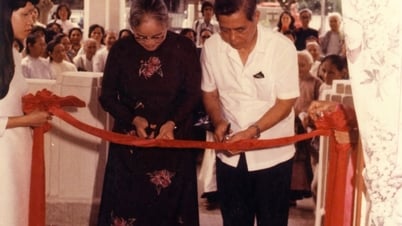




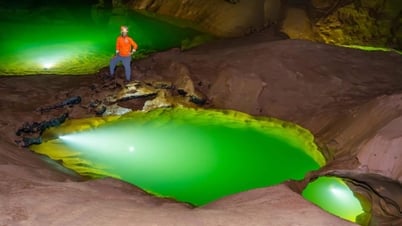





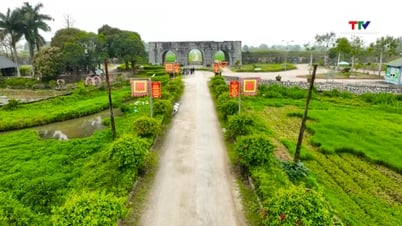
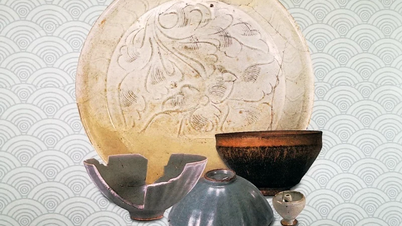





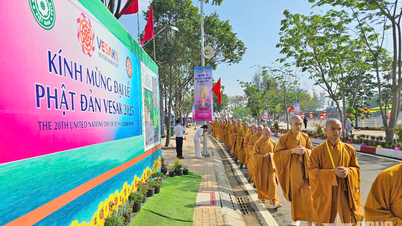

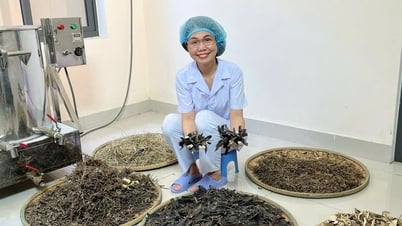







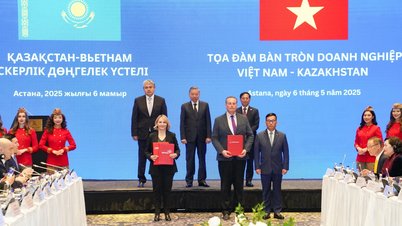










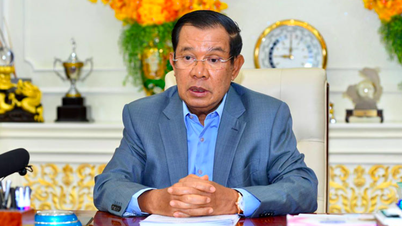
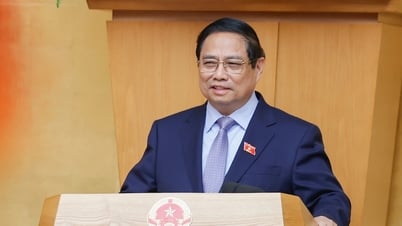



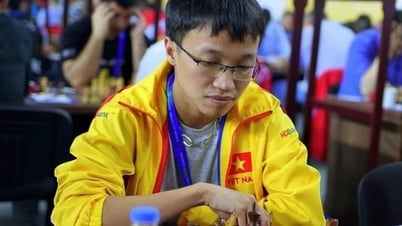



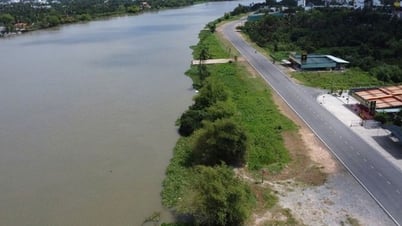

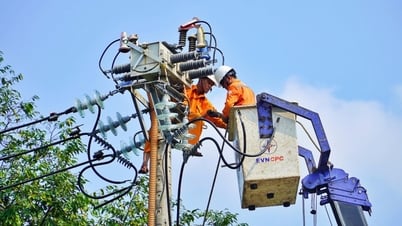

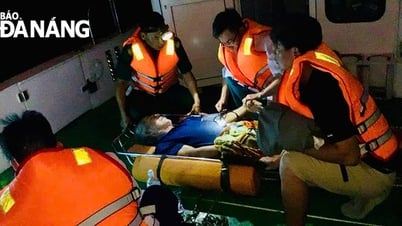


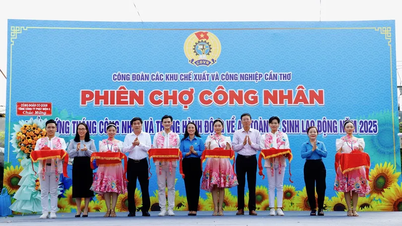






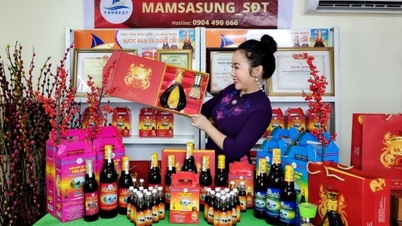




Comment (0)